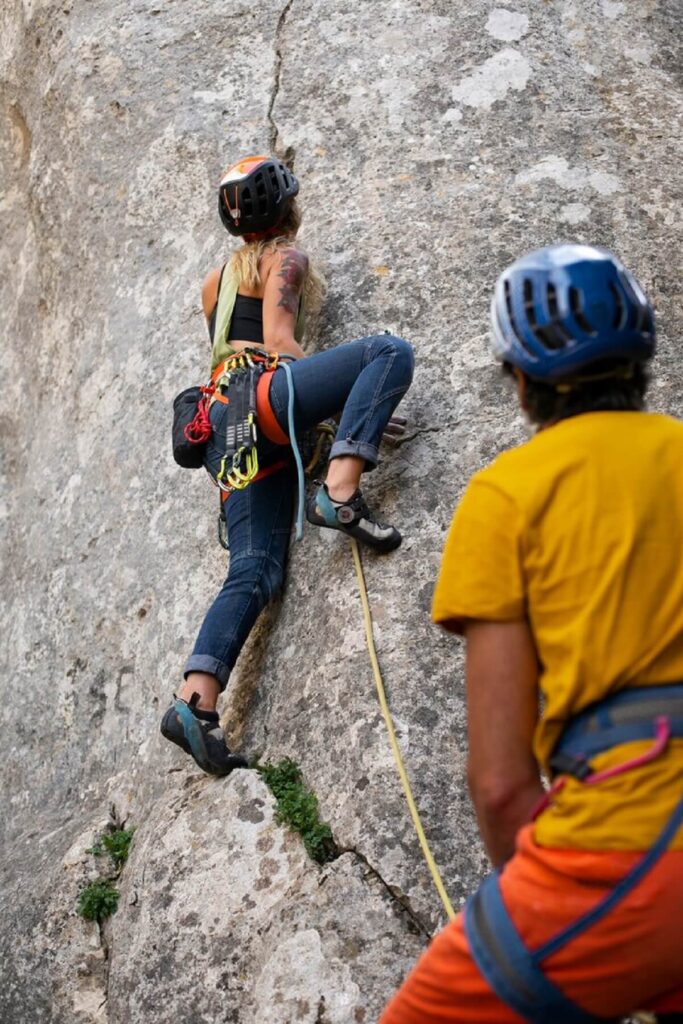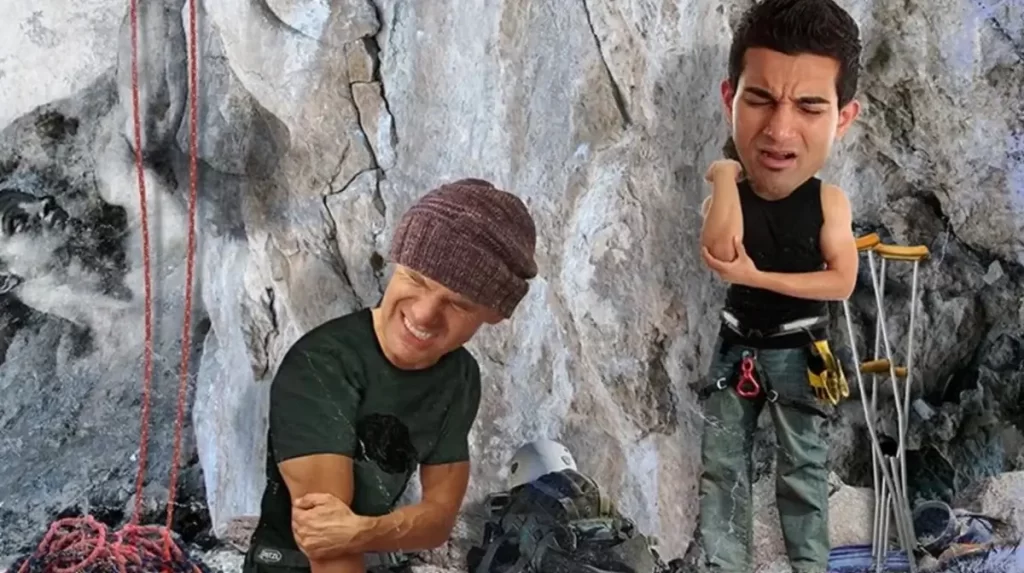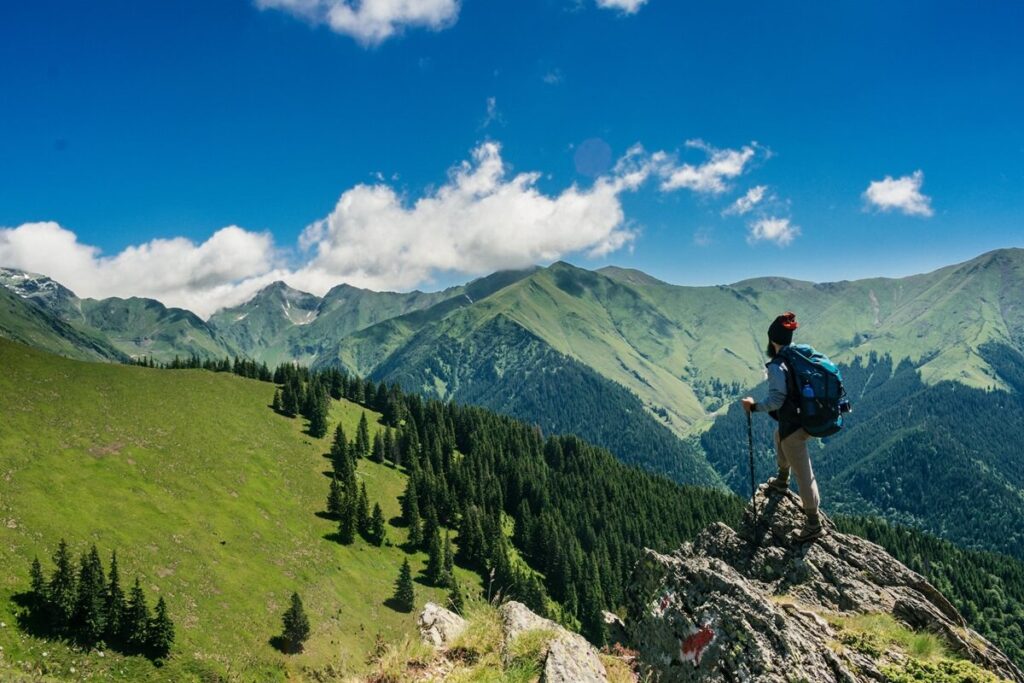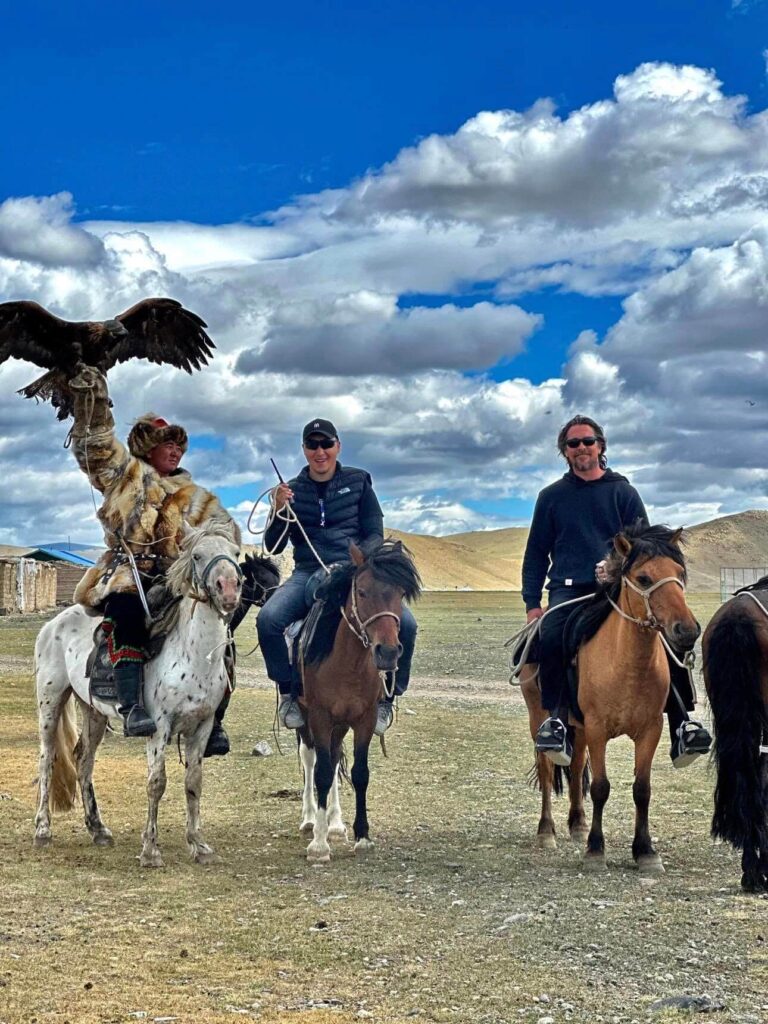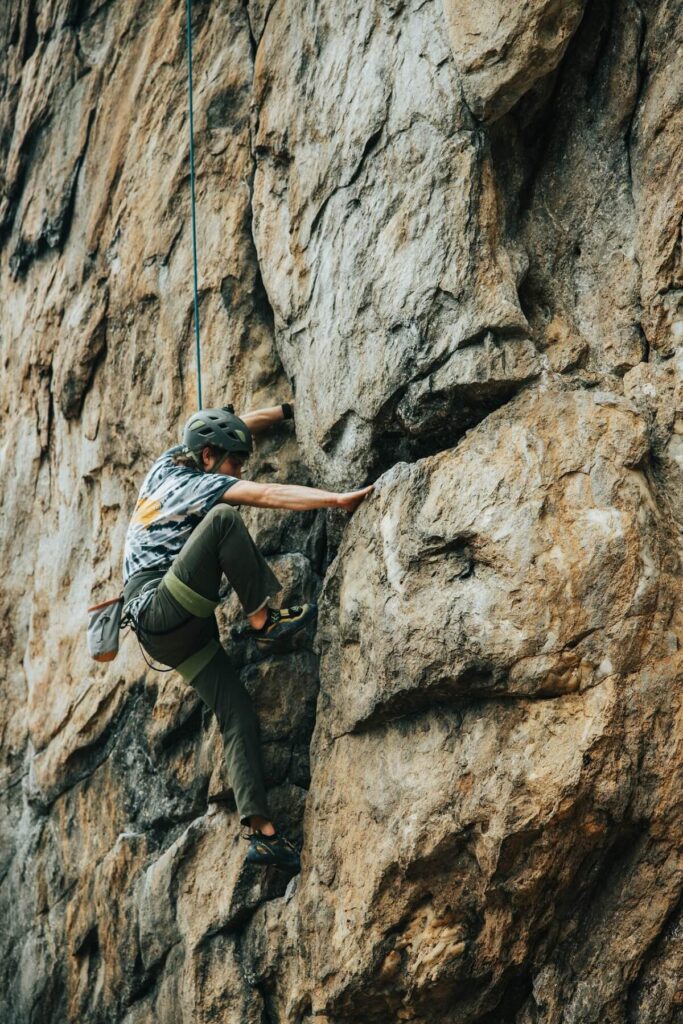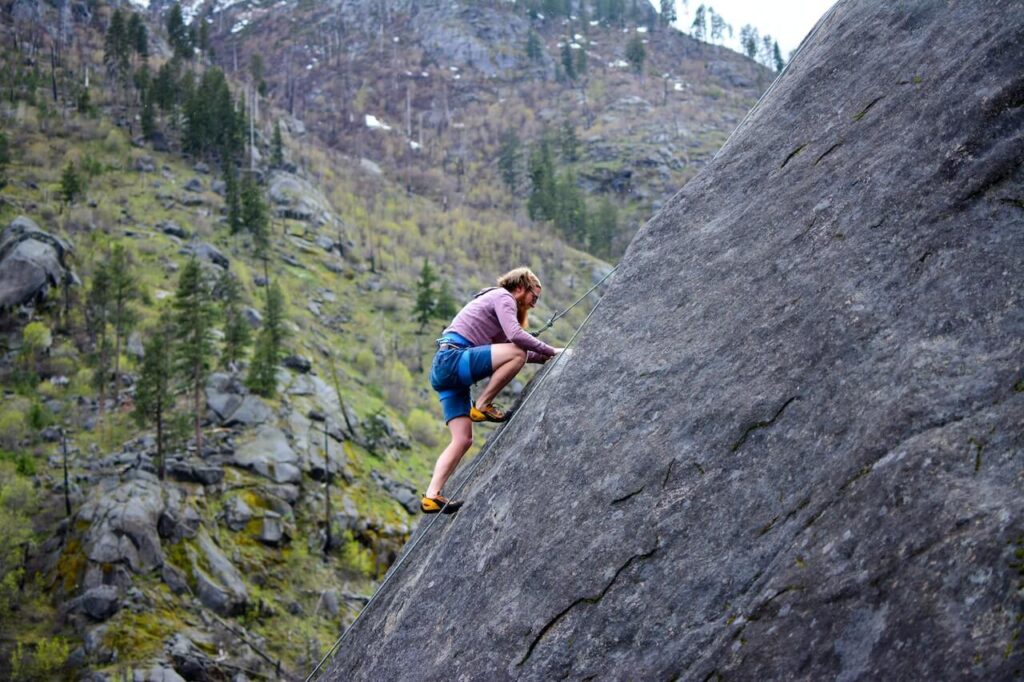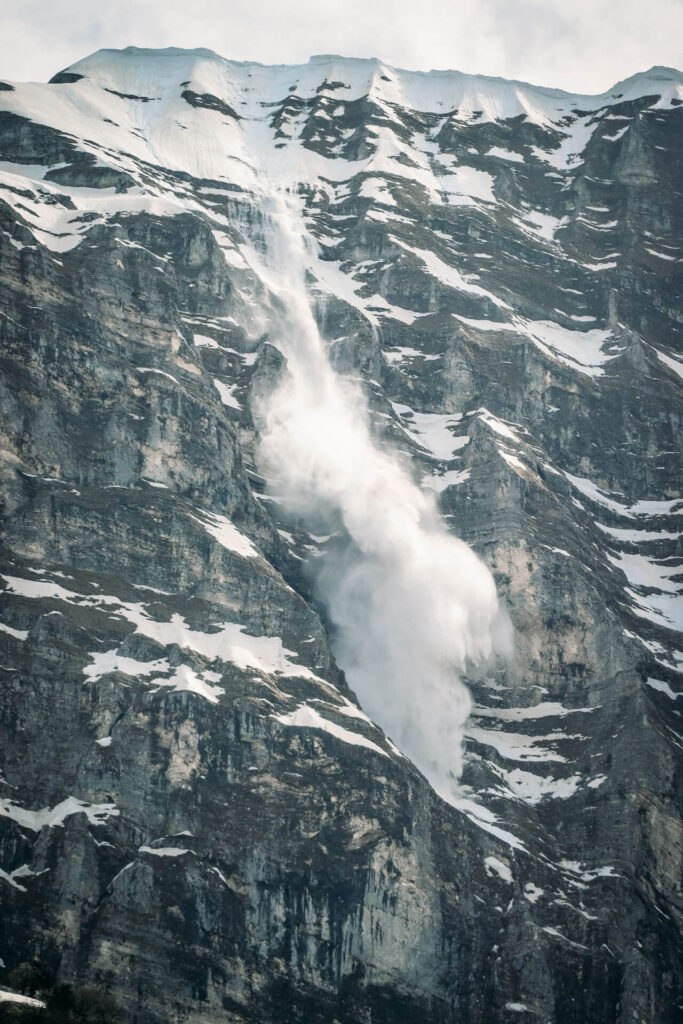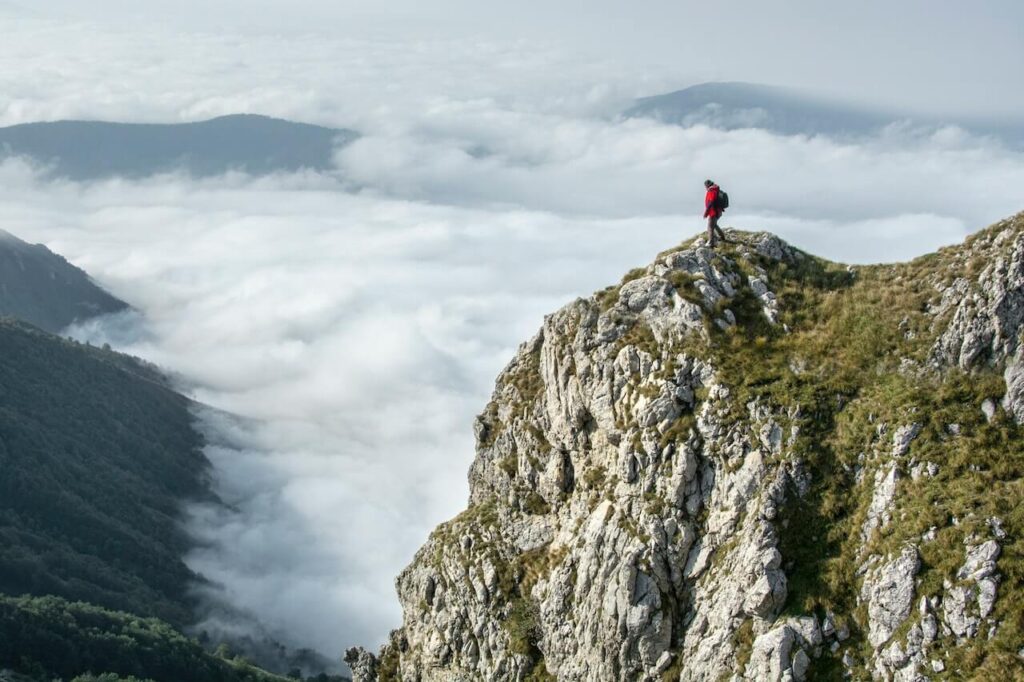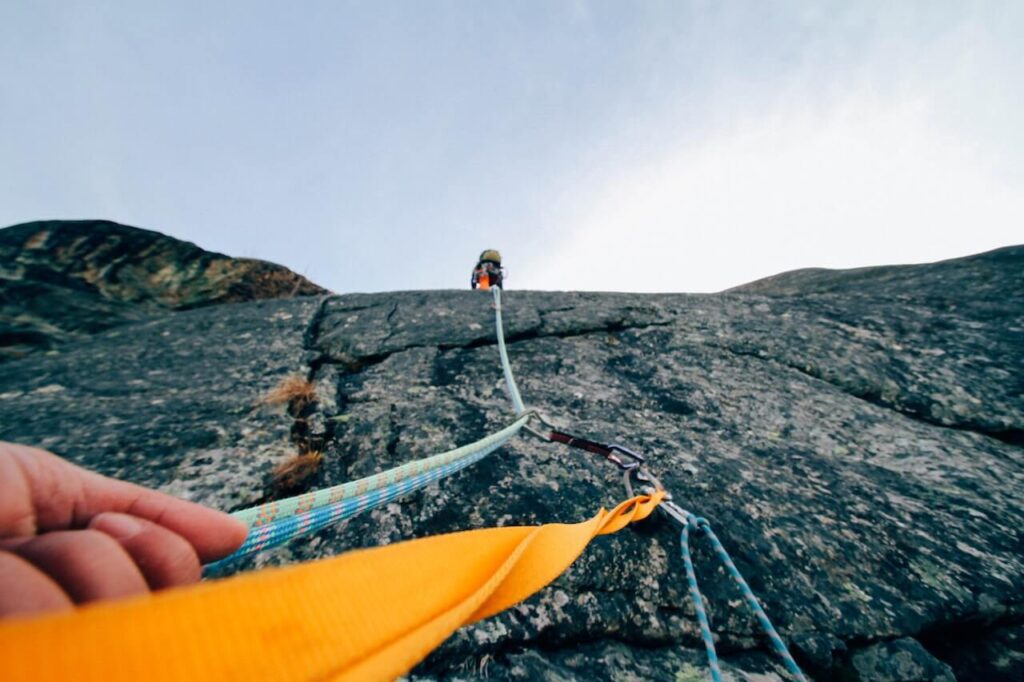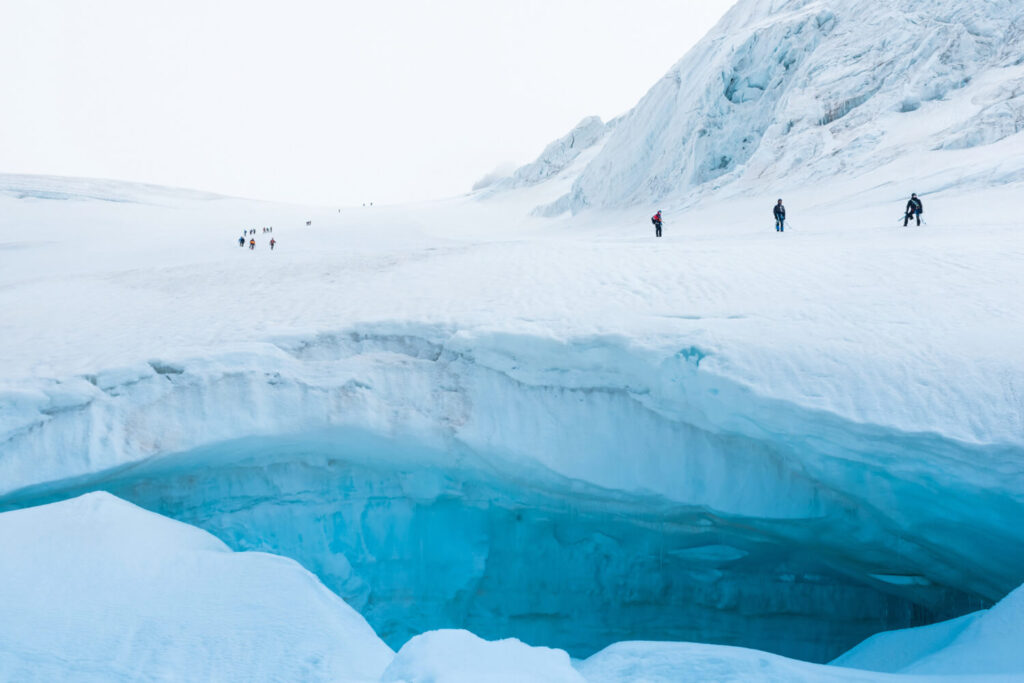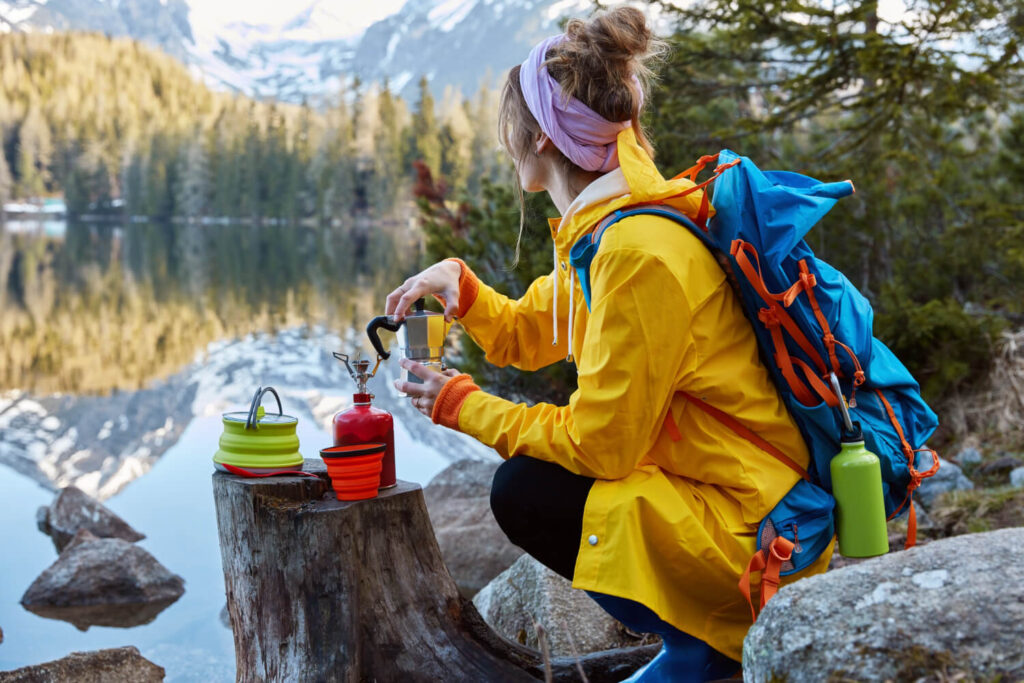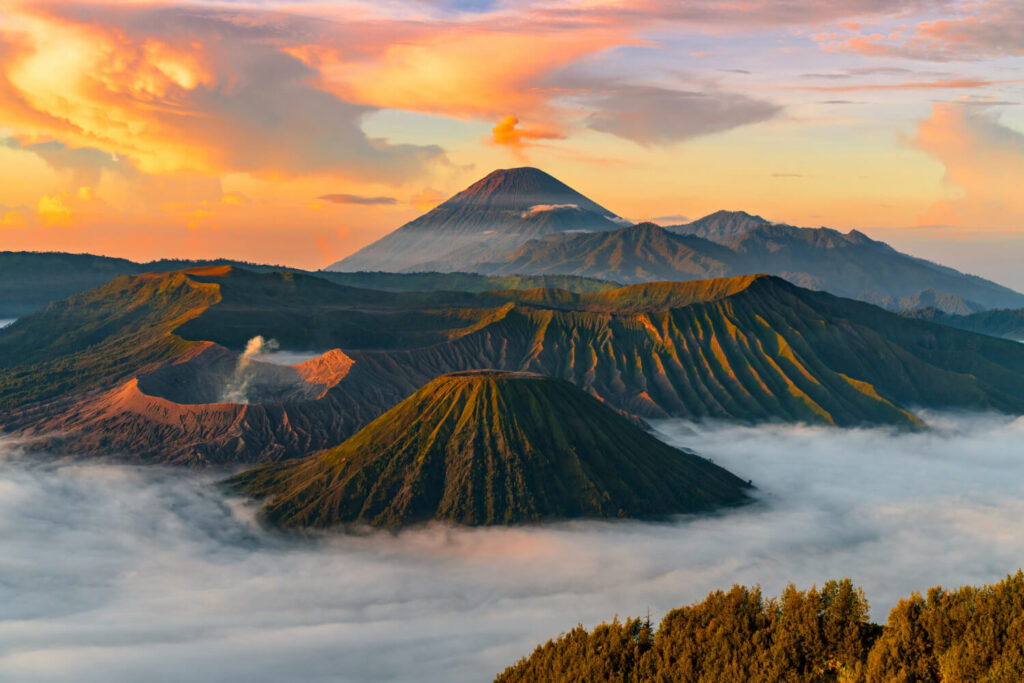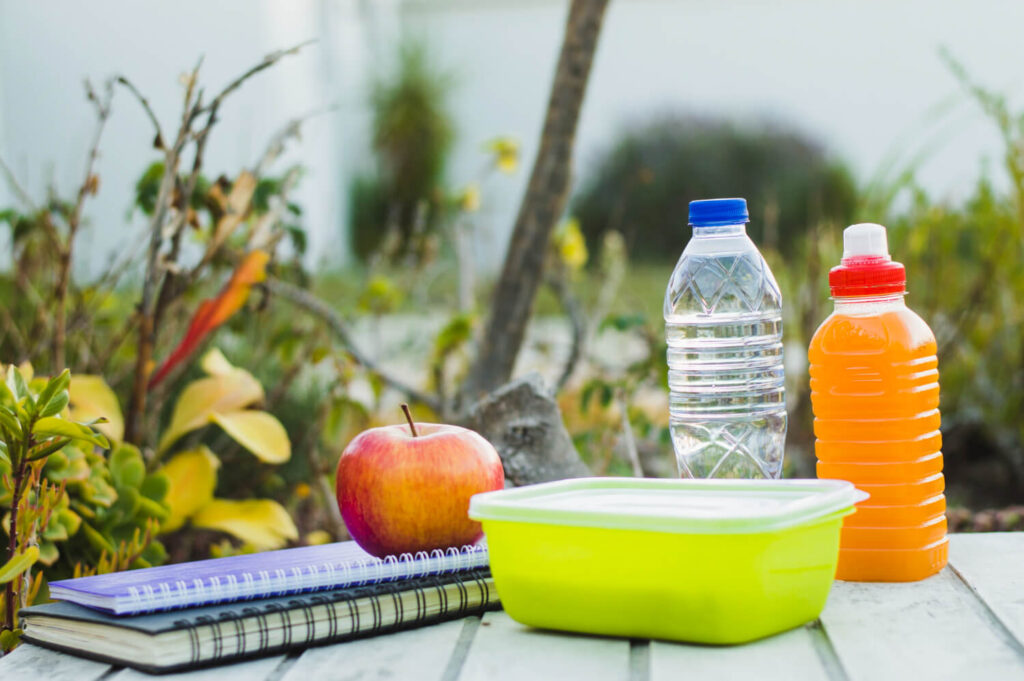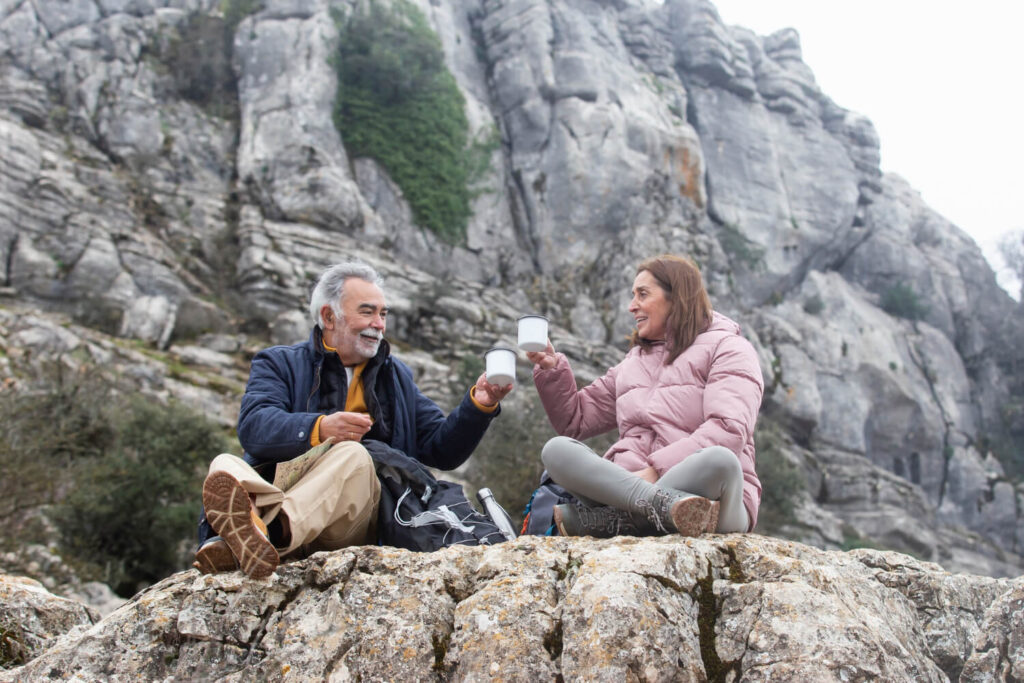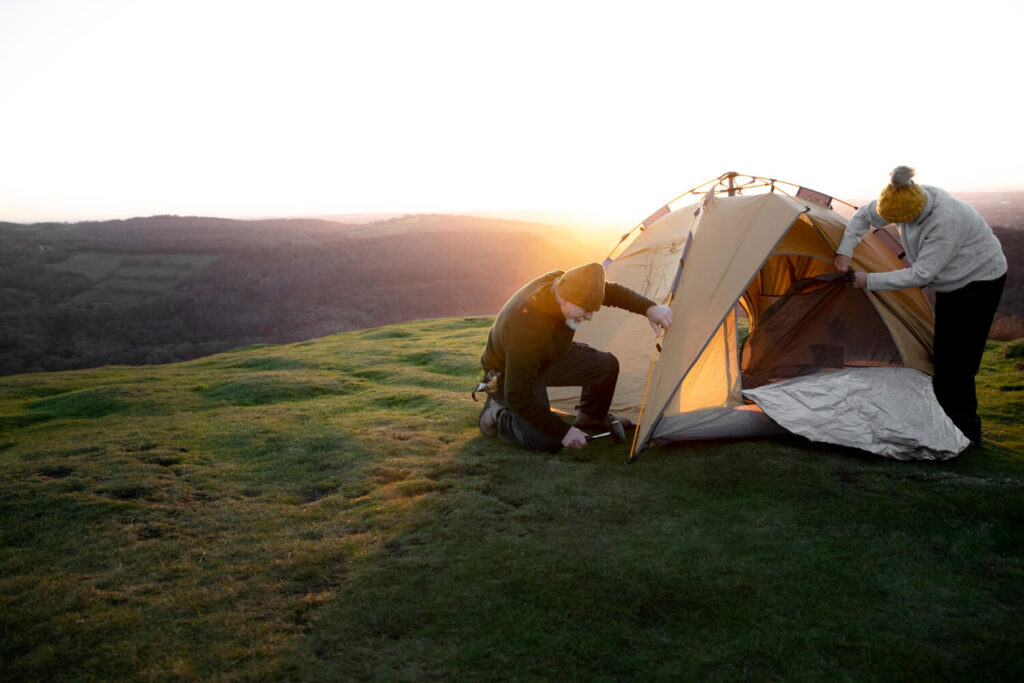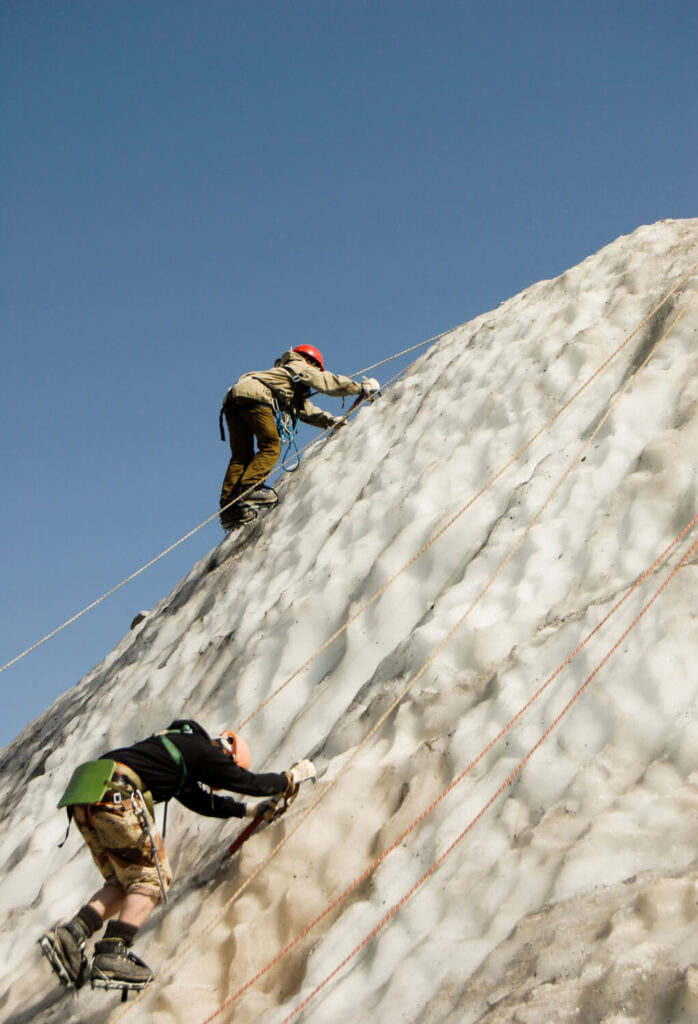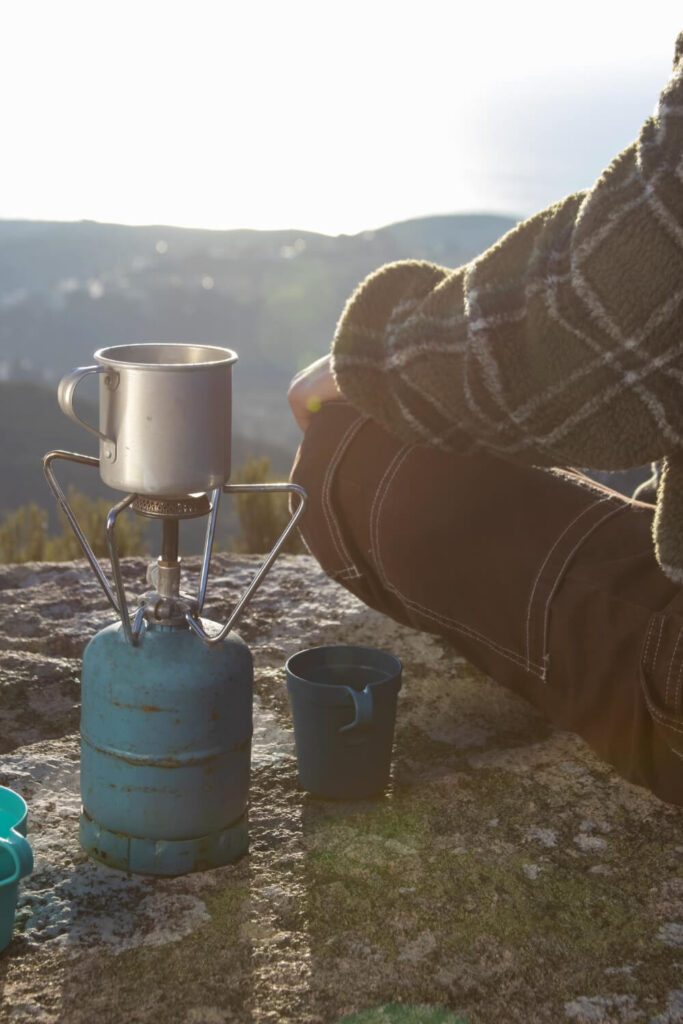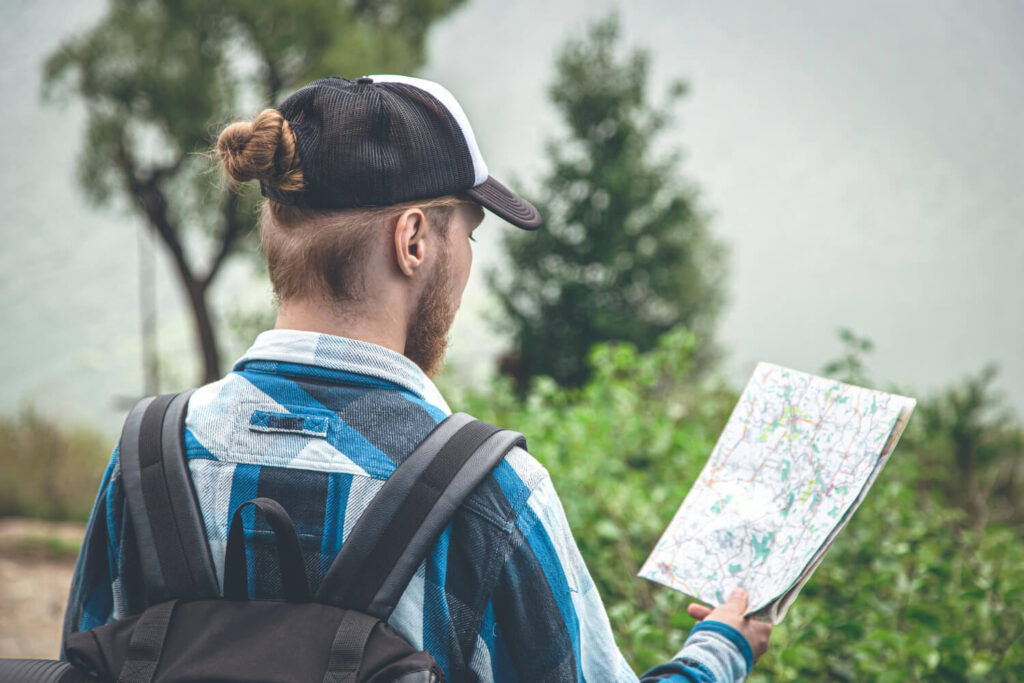When it comes to climbing, weather conditions play a crucial role in ensuring a safe and successful ascent. Choosing the right time and season to embark on your climbing adventure can significantly impact your experience. Secret to getting the best weather for climbing is here.
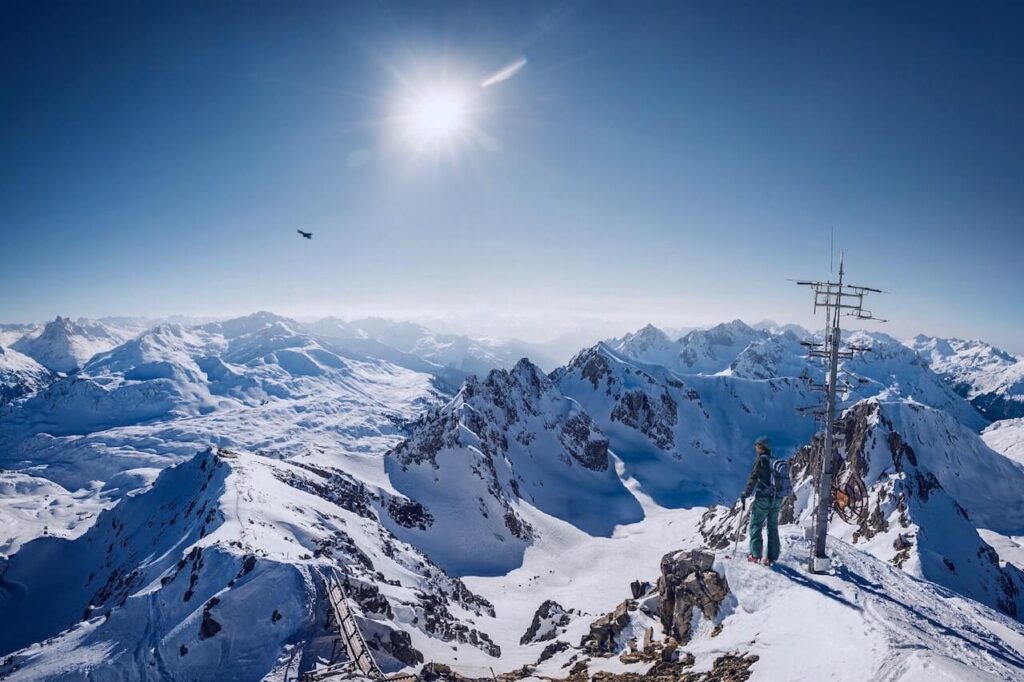
Climbers must consider several factors before setting out on their journey, including temperature, precipitation, wind speed, and visibility. Ignoring these factors or underestimating their significance can lead to unfavorable outcomes, such as accidents, injuries, or unsuccessful climbs.
Ideal Climbing Conditions
Temperature
Temperature plays a critical role in determining the comfort level of climbers during their ascent. Extreme temperatures can make climbing more challenging and increase the risk of hypothermia or heatstroke. The ideal temperature range for climbing depends on the region and the type of climb. However, as a general guideline, a moderate temperature between 50°F (10°C) and 75°F (24°C) is often preferred by climbers.
In addition to the considerations mentioned earlier, it’s important to note that as you ascend in altitude, the temperature typically drops by approximately 6°C for every 1000 meters climbed. This means that mountain weather is generally colder, more prone to precipitation, and windier compared to the lower-lying areas surrounding the mountain.
Precipitation
Precipitation, including rain, snow, or sleet, can significantly impact climbing conditions. Wet or icy surfaces can reduce traction, making it difficult to maintain a secure grip. It is advisable to avoid climbing during or shortly after heavy rainfall or snowfall. Monitoring weather forecasts and planning your climb during periods of low precipitation can enhance safety and increase your chances of a successful ascent.
Wind Speed
High wind speeds can pose a significant challenge to climbers, especially when combined with extreme temperatures. Strong gusts can affect balance, stability, and overall control. It is important to assess wind speed before starting your climb. While some climbers may tolerate moderate wind conditions, it is generally recommended to avoid climbing when wind speeds exceed 30 mph (48 km/h).
Visibility
Good visibility is crucial for climbers to navigate their route effectively and identify potential hazards. Fog, mist, or heavy cloud cover can reduce visibility, making it difficult to assess the terrain and plan your moves accordingly. Optimal visibility conditions include clear skies, minimal cloud cover, and good lighting conditions. Climbing during daylight hours when visibility is at its best is highly recommended.
Clouds
Understanding different types of clouds can help predict weather patterns and anticipate approaching storms. Here are some cloud types to be aware of:
- Lenticular clouds (aka Hogs-back clouds): These clouds have a distinct shape. When accompanied by strengthening winds, they often signal an approaching storm within the next 6-24 hours.
- Cirrus clouds: These wispy clouds form at high altitudes. When observed alone, they usually indicate clear weather. However, if they are combined with low stratus clouds, it is likely that rain is on the way.
- Cumulus clouds: These clouds are large and puffy, typically associated with fair weather. However, if they start to grow larger, developing multiple heads or bumps, they transform into cumulonimbus clouds. Cumulonimbus clouds bring severe weather conditions such as hail, strong winds, thunder, and lightning.
By recognizing these cloud formations, you can gain valuable insights into the weather conditions and make informed predictions about the approaching storms and their potential severity.
Storm Indicators
In addition to cloud formations, there are other indicators to watch out for when assessing the weather. Consider the following:
Drop in air pressure: A decrease in air pressure often signifies an approaching storm. If you have a pocket barometer, you can monitor these changes. It’s important to note that an increase in altitude will also cause a drop in air pressure, so take that into account before becoming overly concerned.
Worsening conditions with higher altitude: As you climb to higher altitudes, the weather conditions tend to become more severe. Even if the weather at lower elevations appears moderately bad, it’s likely that you’ll encounter harsher conditions as you ascend.
However, there can be exceptions to this rule, as sometimes a low cloud system only affects the lower regions. Once you ascend through the clouds, you may find yourself in gorgeous weather that is ideal for hiking.
By paying attention to these additional weather indicators, you can gather more information to assess the current and upcoming conditions, allowing you to make informed decisions during your outdoor activities.
The Ideal Season for Mountaineering
The ideal season for mountaineering varies depending on the specific climbing location. However, generally speaking, the winter and early spring months tend to bring harsher weather conditions and increased snowfall.
To ensure a safe and enjoyable climb, it is essential to have a comprehensive understanding of the weather patterns in the area where you plan to trek and take appropriate precautions. Even in regions that are not typically snow-covered, it is advisable to avoid climbing during the winter season. Winter weather tends to be more severe compared to other seasons and is often more challenging to predict.
Tips & Tricks to get the Best Weather for Climbing
- Research: Thoroughly research the climbing area, including weather patterns, historical data, and expert opinions. Gather as much information as possible to make informed decisions.
- Consult Professionals: Seek advice from experienced climbers or local guides who have firsthand knowledge of the area. They can provide valuable insights and suggest the best times to climb.
- Monitor Weather Forecasts: Regularly check weather forecasts leading up to your climb. Pay attention to changes in conditions, and be prepared to reschedule or adjust your plans accordingly.
- Pack Appropriate Gear: Based on the expected weather conditions, pack the necessary climbing gear, including clothing, footwear, safety equipment, and navigation tools. Prepare for unexpected weather changes by carrying extra layers and rain gear.
- Safety First: Always prioritize safety during your climbing expeditions. If weather conditions deteriorate or become unfavorable, be prepared to postpone or cancel your climb. It is better to prioritize your well-being and return another day than to risk unnecessary dangers.

